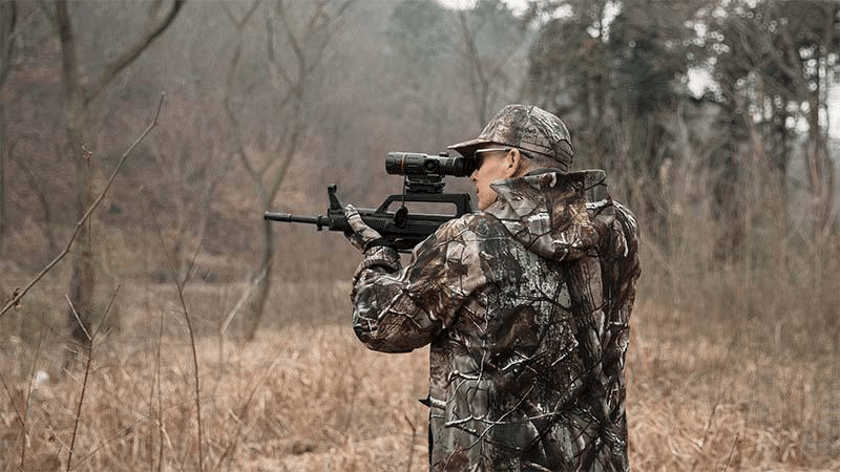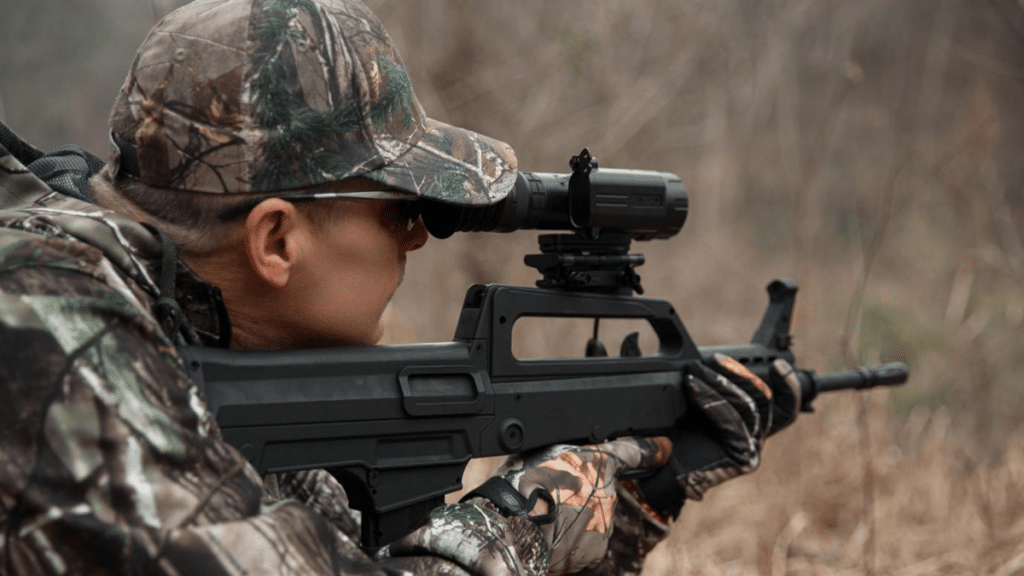Coyotes are highly adaptable predators found throughout the United States, from open plains and deserts to suburban neighborhoods. They can pose real threats to livestock, pets, and even people. As their populations grow and expand into human-occupied areas, coyote hunting has become both a necessity and a skill. This article offers a guide on how to hunt coyotes effectively, safely, and ethically.
Essential Gear for Hunting Coyotes
Success in coyote hunting heavily depends on using the right equipment. Here are six tools every coyote hunter should consider:
1. Shotgun
A 12-gauge shotgun is ideal for close encounters, especially in dense brush or when calling coyotes into tight quarters. With the right load—typically buckshot or heavier turkey loads—a shotgun can offer quick stopping power when a coyote charges or appears suddenly.
2. Predator Call
Mouth-blown or electronic predator calls mimic the sounds of distressed animals or rival coyotes, which can lure these curious predators into range.
3. Shooting Stick
Coyotes are agile and fast, so a steady aim is crucial. A shooting stick helps stabilize your firearm for longer shots, especially when using rifles or in open terrain where shots can extend past 100 yards.
4. Thermal Scope
Most coyotes are active at night or during low-light hours. A thermal scope detects heat signatures, allowing hunters to see coyotes clearly even in total darkness. This gives a significant edge when hunting in the early morning or after sunset.
5. Thermal Monocular
While the thermal scope is used when aiming, a thermal monocular is perfect for scanning large fields or woodlands. It allows hunters to detect movement from a distance without raising a weapon, saving energy and increasing safety.
6. Camouflage Clothing and Scent Control
Coyotes have sharp eyesight and a keen sense of smell. Blending into the environment with camo gear and using scent-masking sprays or scent-free detergents will help avoid detection.
Recommended Gear: JPNVision Thermal Scope and Monocular
For hunters looking to upgrade their night-hunting setup, JPNVision offers two top-tier options:
LK-LR Series Thermal Scope with Laser Rangefinder
The LK-LR Series Thermal Scope with Laser Rangefinder provides a detection range of up to 1200 meters. Designed for extended use, it offers up to 8 hours of battery life with convenient, swappable batteries. Its shutterless technology delivers consistently sharp, fluid visuals, while the real-time noise reduction further enhances image quality.
MK-LR Series Thermal Monocular
The MK-LR Series Thermal Monocular Series integrates a laser indicator for fast target spotting. The advanced shutterless technology translates into clear, smooth, and lag-free images. With a 0.39-inch OLED screen offering ultra-wide viewing angles and a durable IP67-rated build, it’s well-suited for use in diverse and challenging environments.

Proven Tactics for Coyote Hunting
Having the gear is only half the battle. Here are five tactics to enhance your chances of a successful hunt:
1. Scout the Area Beforehand
Look for signs such as tracks, scat, or livestock carcasses. Knowing where coyotes travel and feed will help you choose the best stand locations.
2. Use the Gear Right
Practice with your predator call and become familiar with your thermal optics. The more seamless your operation in the field, the better your odds of success.
3. Hunt at the Right Time
Dusk and dawn are prime times, but night hunting—especially with thermal optics—can yield even better results. Coyotes are typically more active and less cautious under the cover of darkness.
4. Set Up for a Clear Shot
Avoid thick brush that can obscure vision or deflect bullets. Setting up on a hill also gives better visibility and reduces scent exposure.
5. Know When to Take the Shot
Don’t rush. Wait until the coyote stops or offers a broadside shot. Avoid shots at running animals unless you’re extremely confident, as this can lead to wounding rather than a clean kill.
6. Understand the Legal Landscape
Before heading into the field, check your state’s hunting regulations. Coyote hunting may require a small game license or have seasonal restrictions. Familiarizing yourself with local laws helps prevent costly fines and promotes responsible hunting practices.
Ethical Considerations in Coyote Hunting
Ethical hunting goes beyond following the law. It reflects respect for the land, wildlife, and community. Here’s how to hunt coyotes ethically:
- Respect Property Rights: Always get permission from landowners before hunting on private land. Close gates, leave no trash, and treat the land with care.
- Minimize Suffering: Make every effort to ensure clean, humane kills. This includes using appropriate calibers, practicing shooting, and avoiding poorly placed shots.
- Use What You Harvest: While coyotes are often hunted as predators, their pelts can be used or sold. If possible, make use of the animal to avoid waste.
Conclusion
Coyote hunting, when done responsibly, is not just about population control—it’s a test of skill, strategy, and ethics. By using the right tools, honing your tactics, and respecting the rules of the land and wildlife, you can make your next hunt both productive and principled.

